We like island life, so we would also like to visit an island in Chile. It’s not as easy as with the island of Chiloé in the rest of Chile, so we get on the ferry and cross over. The island of Chiloé is the fifth largest island in the whole of South America and is over 200 km long. Enough space to spend a few days on this island with plenty of variety.
Dolphins in the bay of Chauman
In the far north-east of the island, other travelers have recommended a free place to spend the night. We stand on a cliff above Chauman beach and have a view of the whole bay. And every day at low tide, large groups of dolphins come quite close to the beach to play. We can watch the dolphins hunt and play for hours. Different groups also seem to split up on different parts of the beach, so that we don’t have enough focal points to watch all the dolphins at all times. A beautiful spectacle – even cleaning the dishes is fun, with a view of the dolphins frolicking in the water from the side door.
Penguins in the Monumento Natural Islote de Puñihuil
We see penguins in South America, as we did much further up on Galápagos. The special thing about Puñihuil Island National Natural Monument, just off Chiloé, is the coexistence of Magellan and Humboldt penguins. The penguins are driven to their different habitats by the Humboldt and Magellan ocean currents. And right here off the island of Chiloé, the two currents are close enough for the two penguin species to meet. On our short boat trip to the small islands where the penguins live and nest, we see a number of these little penguins. It is breeding season and the nests on the small islands are filled with eggs or chicks. We watch a group of penguins on their way up over hill and dale. It looks very clumsy how these animals move on land. And yet they make the journey to the top of the island to raise their offspring, somewhat protected from predators. In contrast, they are extremely agile as soon as they swim in the water to dive for food or float on the surface. We are always fascinated by penguins – here in Europe it would be a very exotic sight to see penguins just like that.
Wooden churches of the World Heritage Site
Due to the history of the Christianization of Chiloé, which dates back to 1612, there are still wooden churches on the island today. Up to this day, more than 100 of the wooden churches are still standing, but only 16 of them are UNESCO World Heritage Sites. We make a compromise and visit the associated museum in Ancud as well as at least six of these churches. The churches are truly and almost entirely made of wood. The supporting structure as well as the facades and floors of all these churches are made of wood. Somehow exciting, and we like the churches with colorful painted wooden shingles as facades the best. In the museum, we also see a wide range of woodworking craftsmanship: beautifully carved doors, window frames and other ornaments, which probably come from dilapidated churches or renovation work.
End of the Panamericana
At the southern tip of Chiloé we also find one of the two official ends of the Panamericana with a large monument. It is also the end of Ruta 5, which runs through about three quarters of Chile from north to south. We didn’t drive the whole Panamericana, we missed the part from the USA and Canada, but at least we saw the whole Latin American part. It still feels good to be at kilometer 0 of this world-famous road. But for us, the journey continues quite a bit further south, to the southern end of the continent of South America.
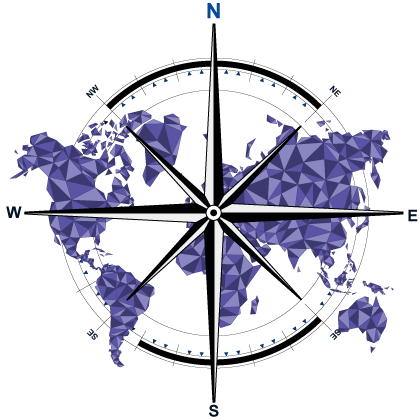










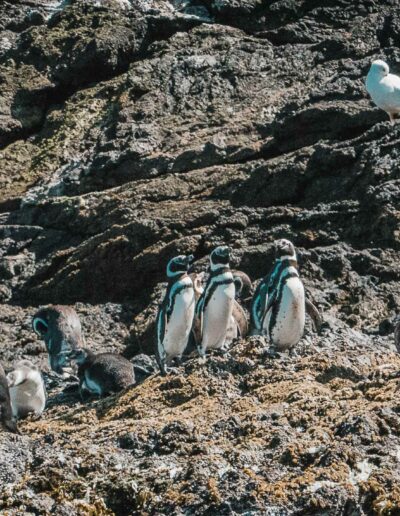











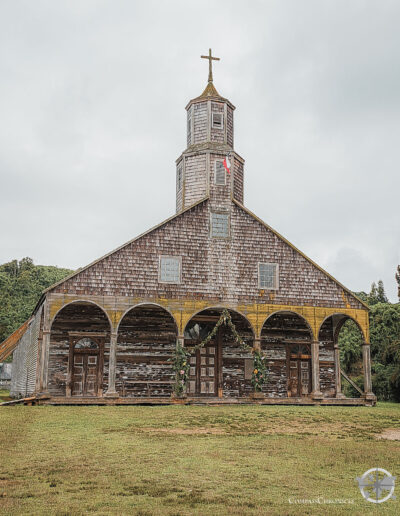






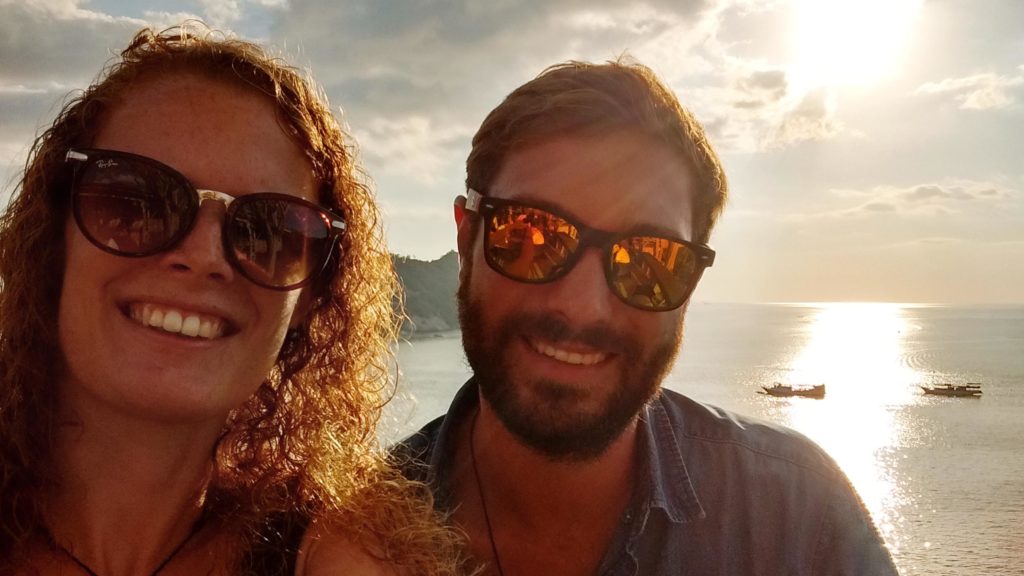
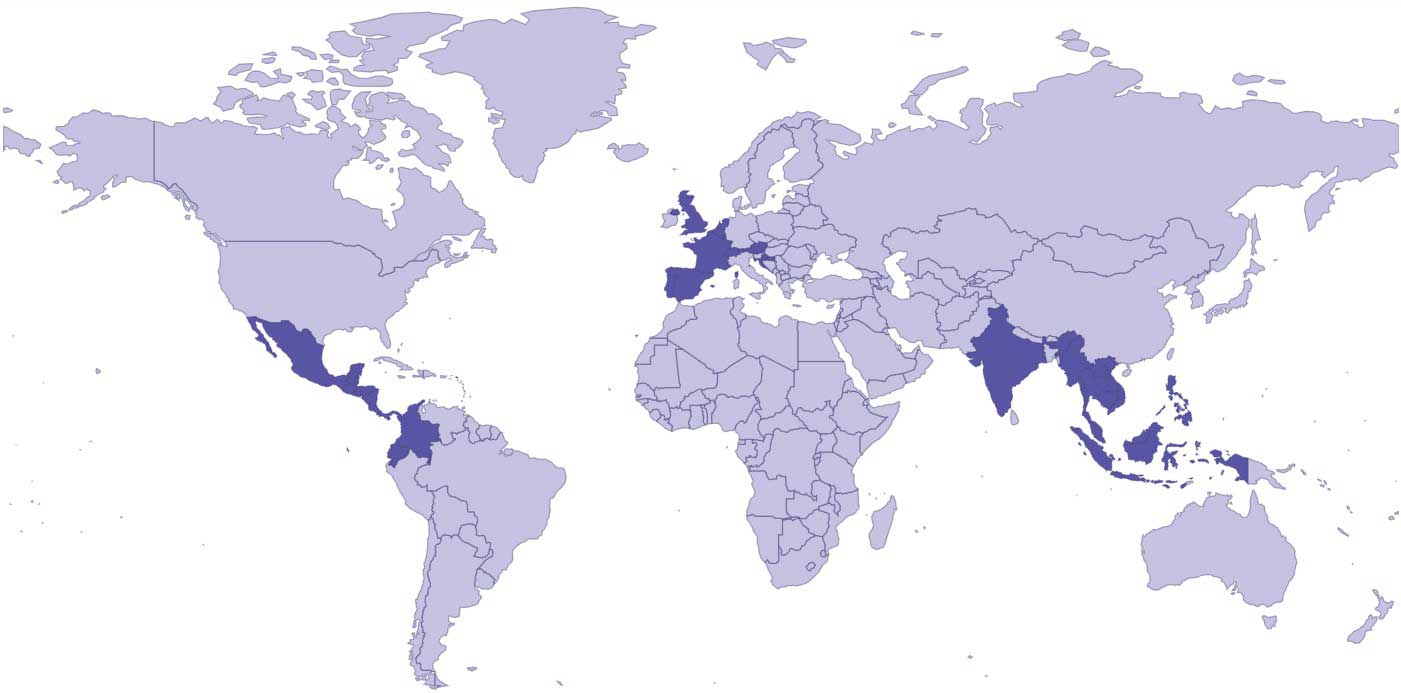
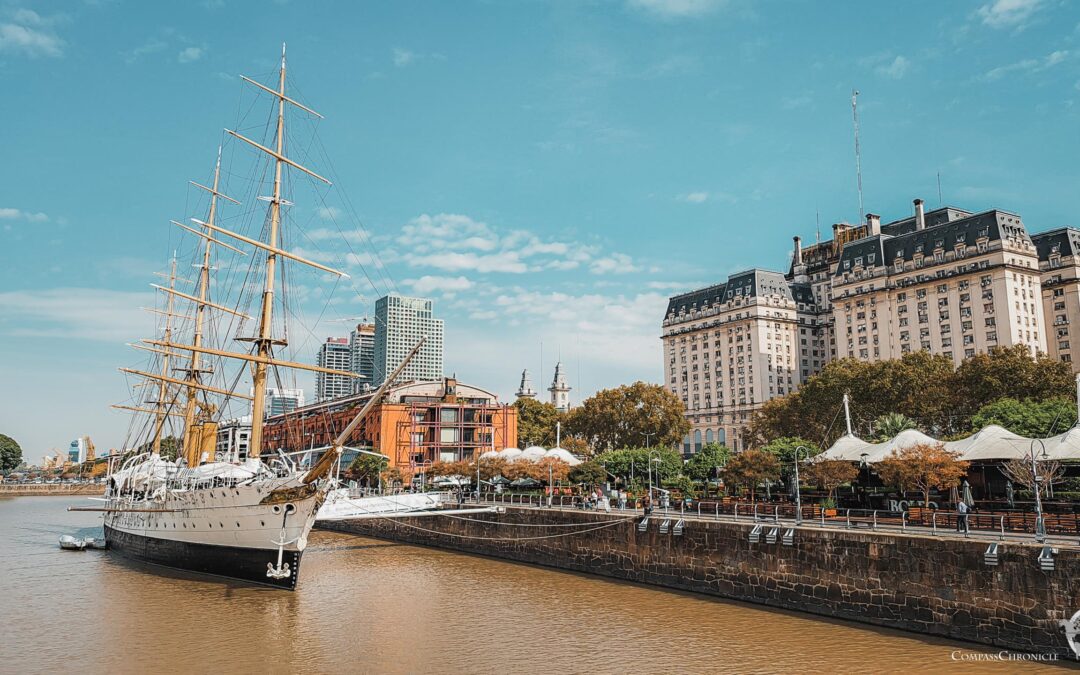
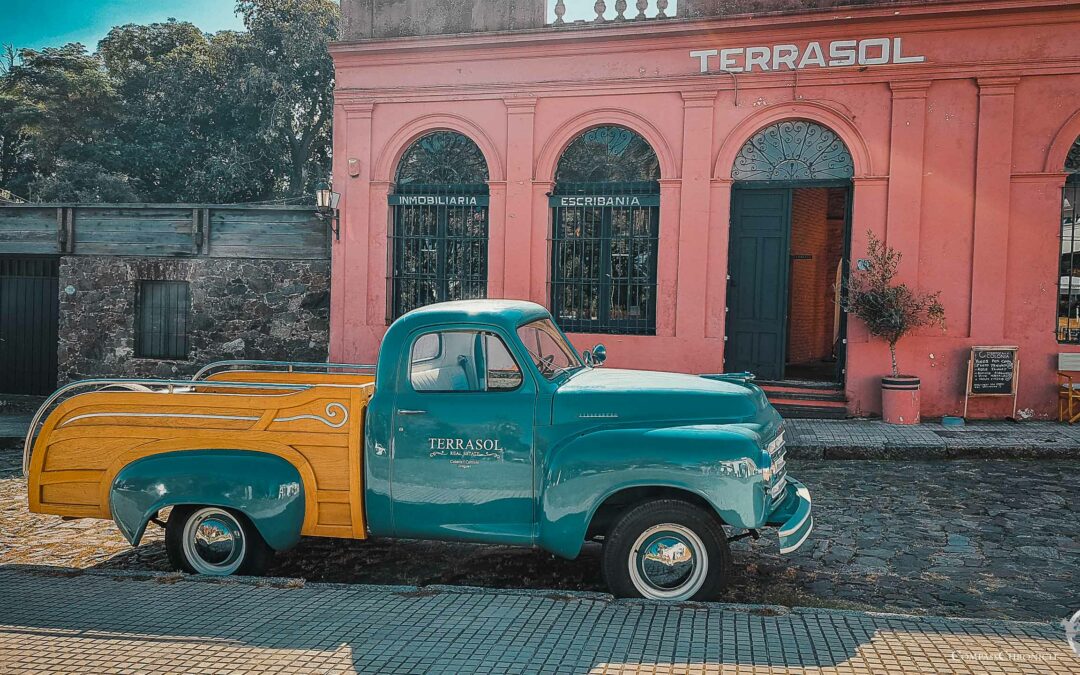
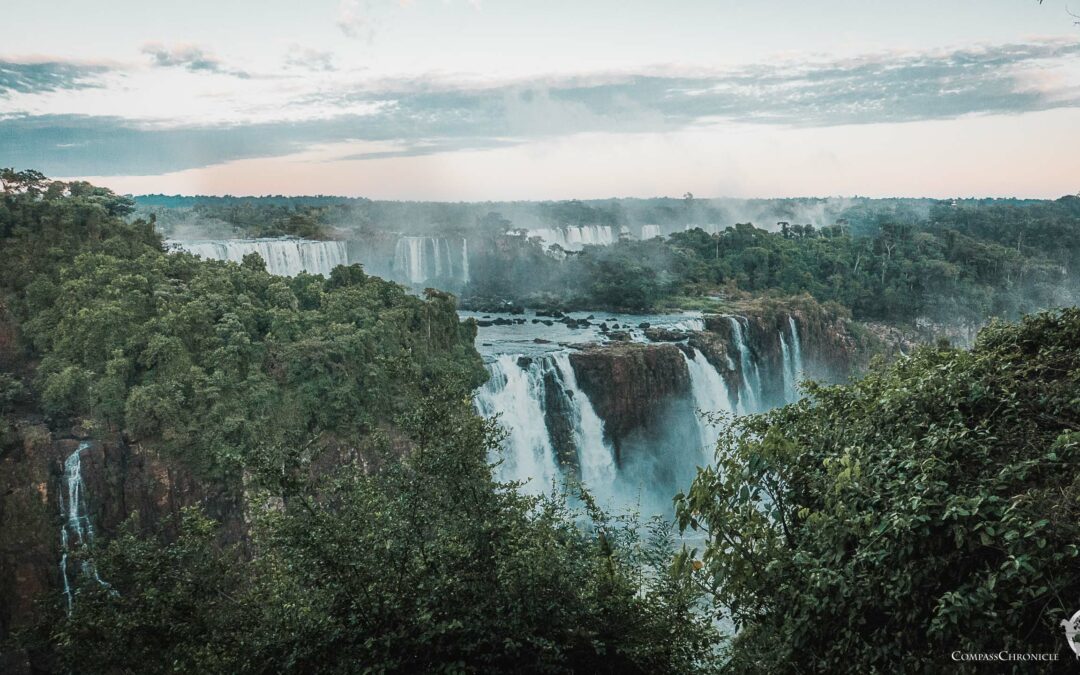
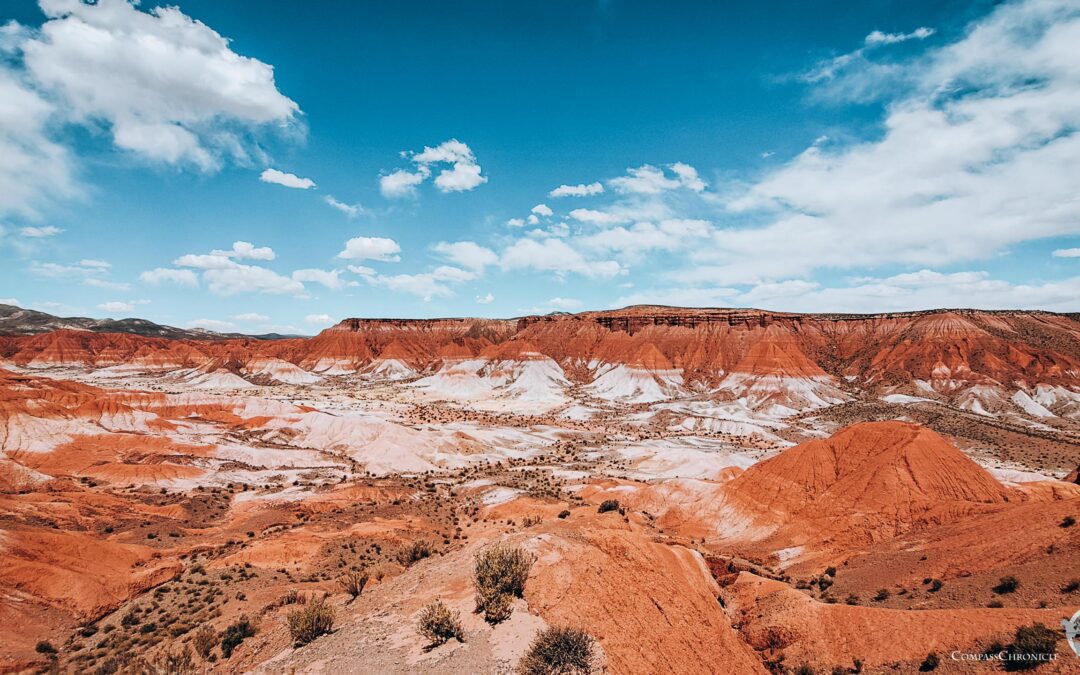
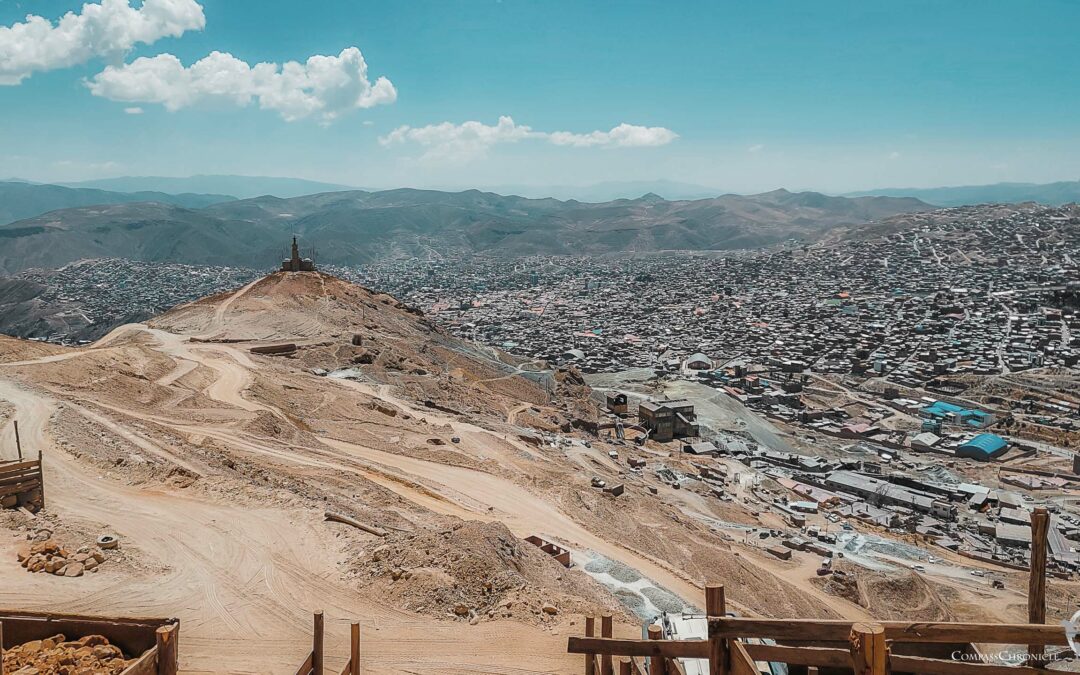
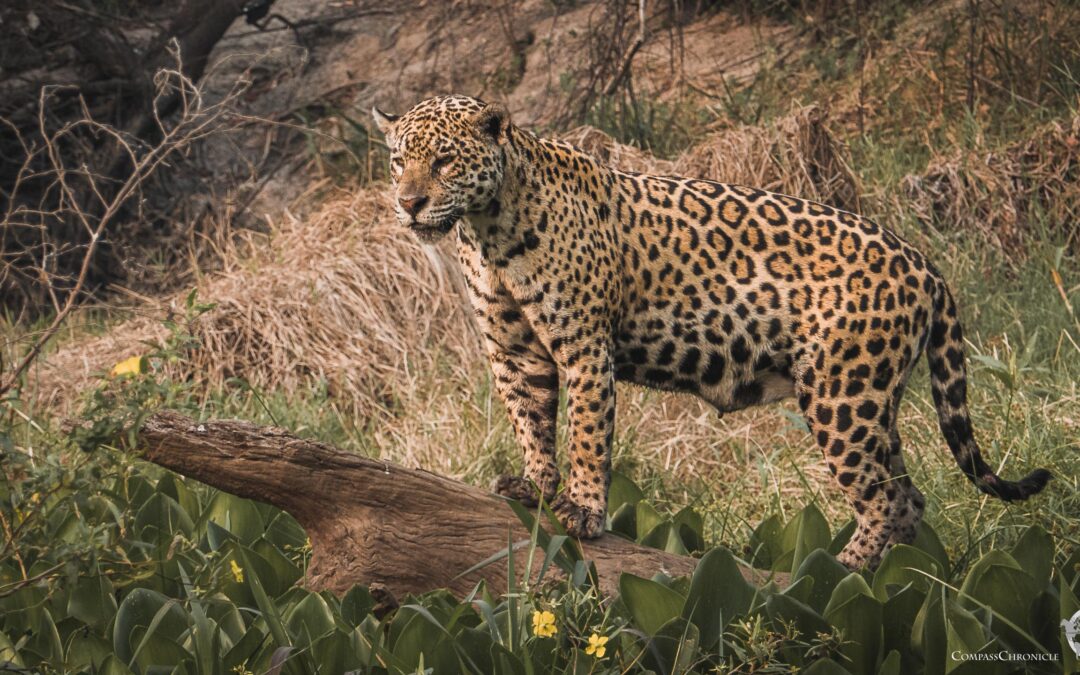
0 Comments